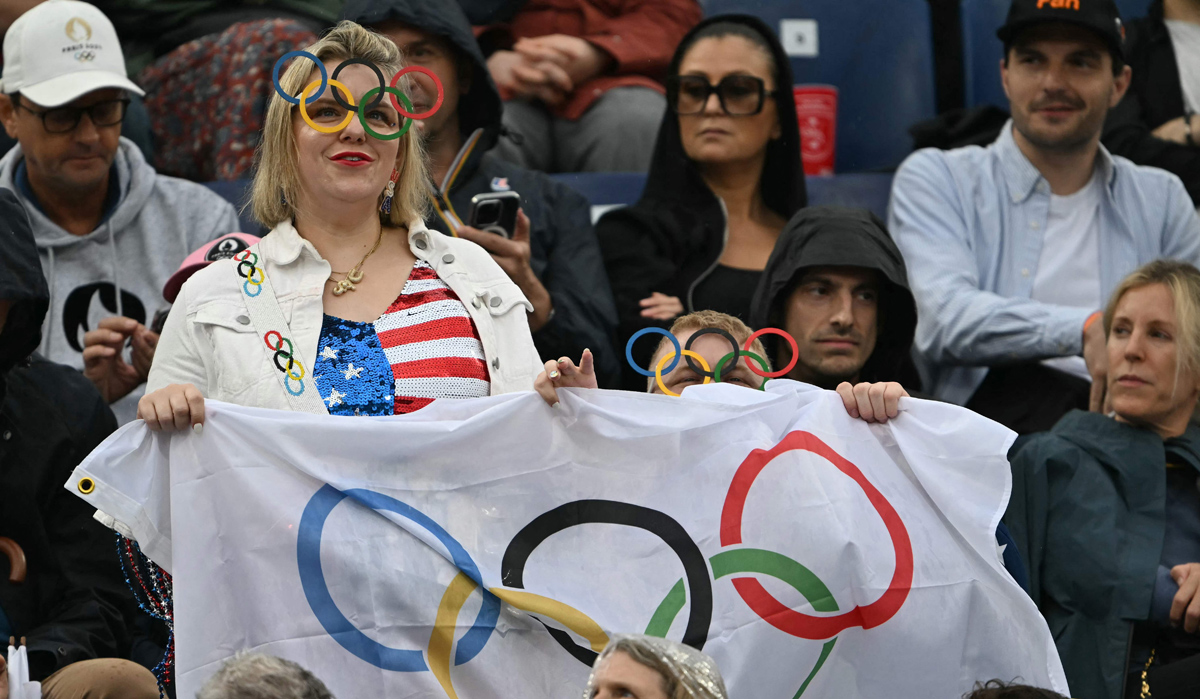East German athletic achievements from the 1964 Tokyo Olympic Games to the 1980 Moscow Olympics are marked by both remarkable human endurance and a dark chapter in sports history. Having witnessed these events from a young age, RB offers a unique perspective on the intricate web of politics, rivalry, and personal sacrifice that characterised East German sports during the Cold War era.
The East German sports machine
East Germany, officially known as the German Democratic Republic (GDR), systematically used sports to showcase the superiority of its socialist regime. The state invested heavily in sports facilities, training programs, and scientific research, creating an efficient and often ruthless sports machine. Between 1964 and 1988, East German athletes won a total of 384 Olympic medals, including 192 gold, 124 silver, and 68 bronze.
State-sponsored doping programme
A crucial part of East Germany's success was its state-sponsored doping program, known as "State Plan 14.25." This secretive operation involved administering performance-enhancing drugs, particularly anabolic steroids, to athletes from a young age. Coaches, doctors, and sports officials collaborated to ensure the program's effectiveness while keeping it hidden from the international community. The consequences for athletes were severe, ranging from severe health issues to psychological trauma. Many athletes were unaware of the full extent of the substances they were being given, believing they were merely taking vitamins or supplements.
Jürgen Straub's clean triumph
Amidst the widespread doping, Jürgen Straub's performance at the 1980 Moscow Olympics was a rare instance of clean competition. Straub ran a tactically brilliant race in the men's 1500 meters, leading for much of the race and finishing second to Sebastian Coe, one of the greatest middle-distance runners of all time. Straub's silver medal, earned without the aid of performance-enhancing drugs, was a story of his exceptional talent and determination.
Political and ideological context
The division of Germany after World War II set the stage for the intense sports rivalry between East and West Germany. The Potsdam Agreement of 1945 divided Germany into four occupation zones controlled by the Allies: the United States, the United Kingdom, France, and the Soviet Union. This division eventually solidified into two separate states: the Federal Republic of Germany (West Germany) and the German Democratic Republic (East Germany). The Berlin Wall, constructed in 1961, became the most visible symbol of this divide.
East Germany's sports achievements were part of a broader strategy to gain international recognition and legitimacy. The state used sports victories to promote its ideology and demonstrate the supposed superiority of its political system. The success of East German athletes was often juxtaposed against the achievements of their West German counterparts, fueling a fierce rivalry that extended beyond the sports arena.
Personal accounts and consequences
My investigations reveal harrowing personal stories of East German athletes who paid a high price for their success. Many former athletes suffer from chronic health problems, including liver damage, heart issues, and reproductive disorders, as a result of the doping regime. Some have struggled with psychological trauma and feelings of betrayal upon learning the full extent of the substances they were given.
For instance, athletes like Renate Neufeld, a sprinter, testified about the pressures and coercion they faced. Neufeld described being given pills and injections without being informed of their nature, only to later realise they were anabolic steroids. The revelation of these practices has led to legal battles and demands for compensation from the German government.
The fall of the Berlin Wall and reunification
The fall of the Berlin Wall in 1989 marked a significant turning point in German history. RB, having witnessed the event, notes the profound changes it brought to the sports landscape. The reunification of Germany in 1990 led to the integration of East German athletes into a unified national team. The legacy of the doping program, however, cast a long shadow, with ongoing investigations and revelations about the extent of the program.
Cultural reflections and insights
My travels and research provide a nuanced understanding of the cultural and ideological contrasts between East and West Germany. The architecture, lifestyle, and attitudes in Berlin reflect the city's divided past, with remnants of the Wall serving as poignant reminders of the Cold War era. The film "Cabaret," set in Weimar Berlin, captures the tensions and transformations that have shaped the city's history.
My fascination with figures like Katrin Krabbe, the East German sprint queen, underscores the complexity of the era. Krabbe, who later faced doping allegations herself, symbolises both the heights of East German athletic achievement and the moral ambiguities that accompanied it.
Conclusion
My reflections on East German athletics are rich with personal experience, historical context, and cultural insight. The story of East German athletes, exemplified by Jürgen Straub's clean victory, is a poignant reminder of the human cost of political machinations and the resilience of the human spirit. Through my extensive travels and research, I continue to unravel the multifaceted legacy of this period, keeping my enthusiasm for knowledge and life ever vibrant.
Philip George is a former badminton player and author of the book Racket Boy. He lives in Tuscany, Italy.
The opinions expressed in this article are those of the author and do not purport to reflect the opinions or views of THE WEEK.



